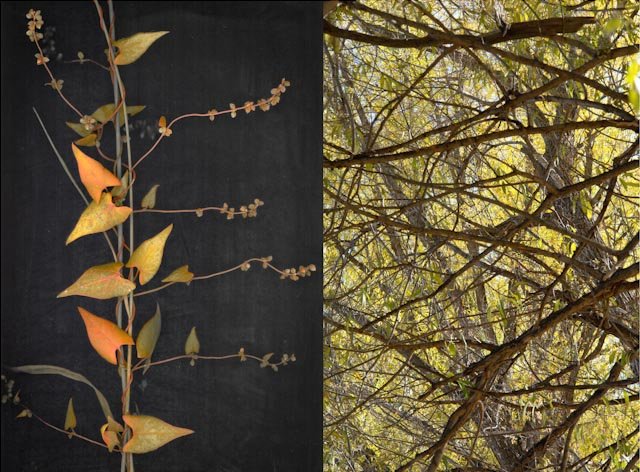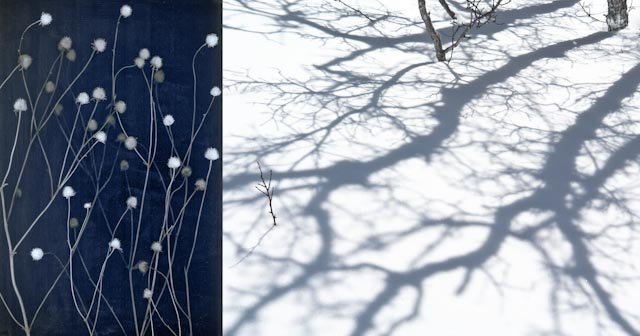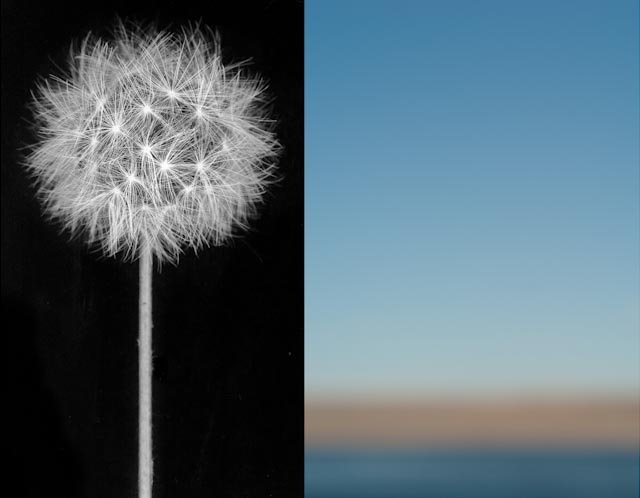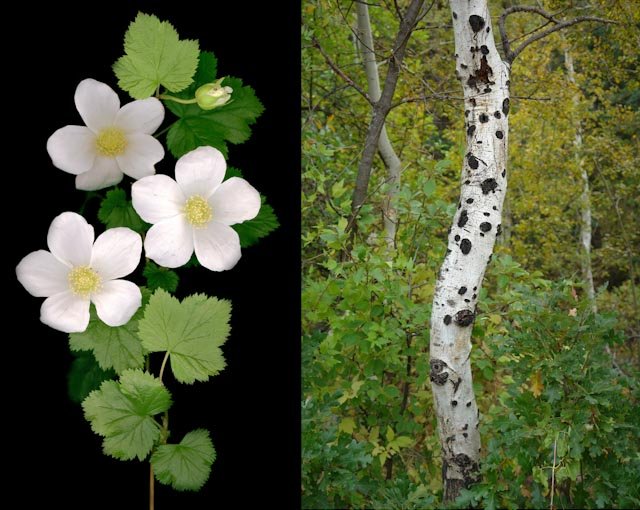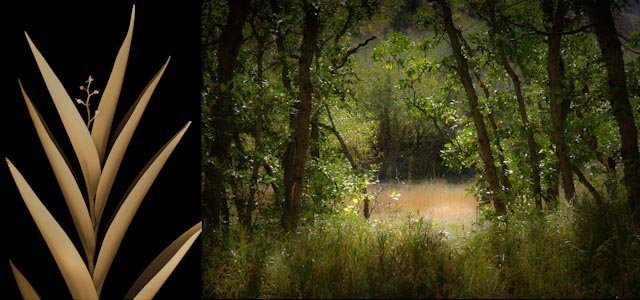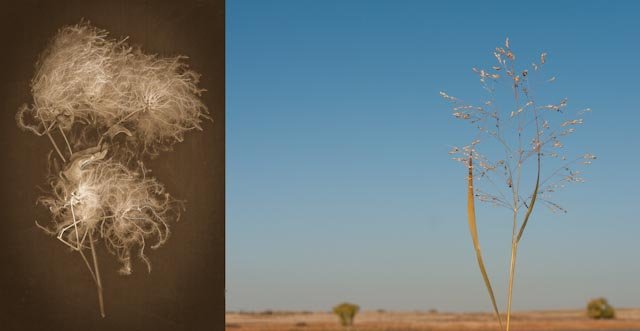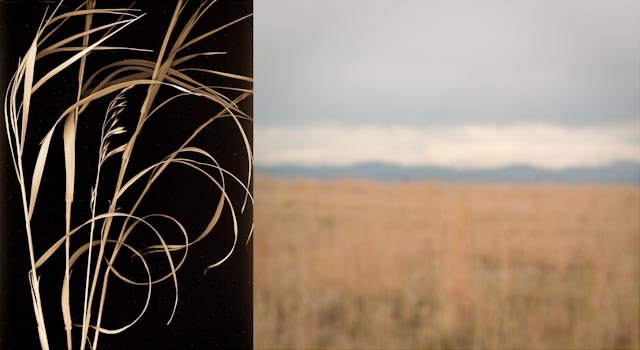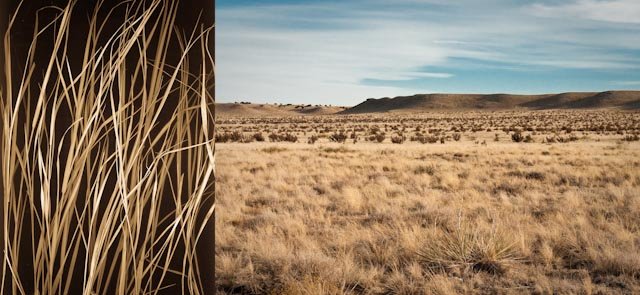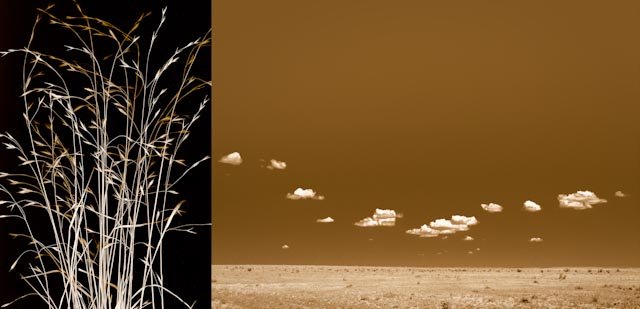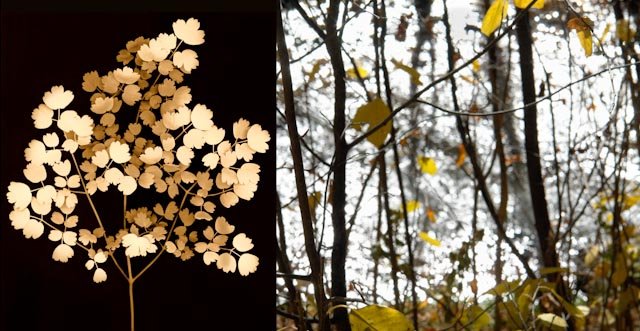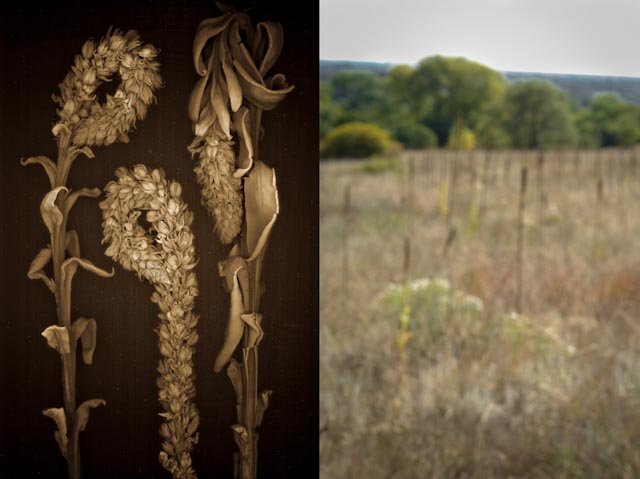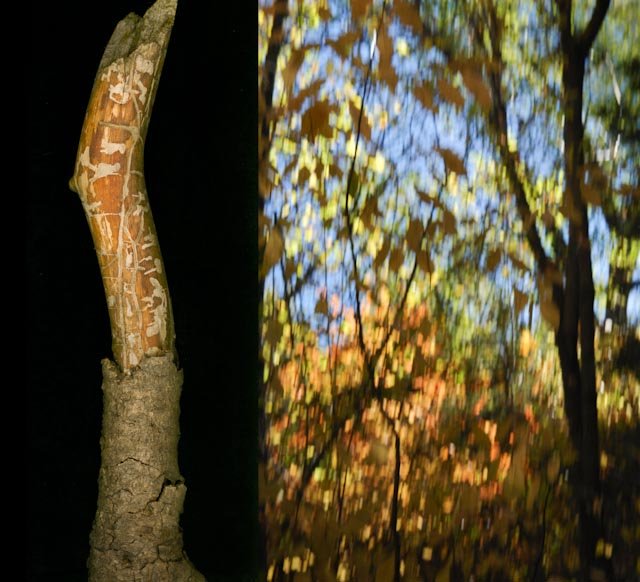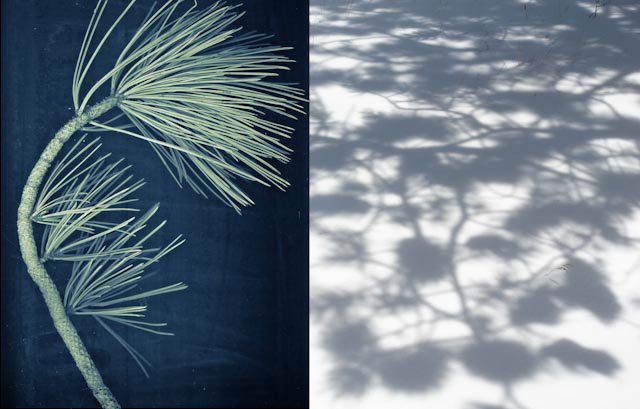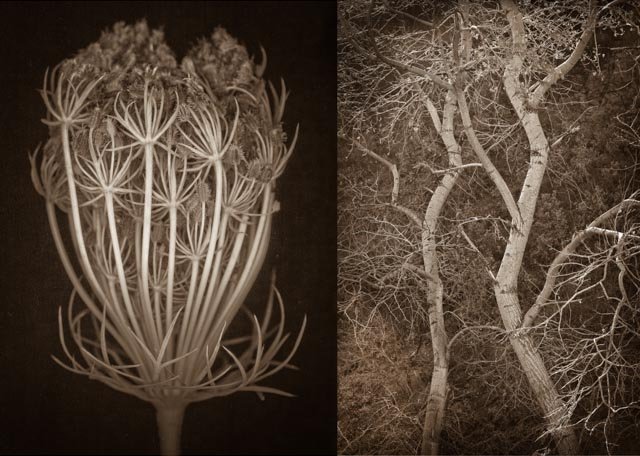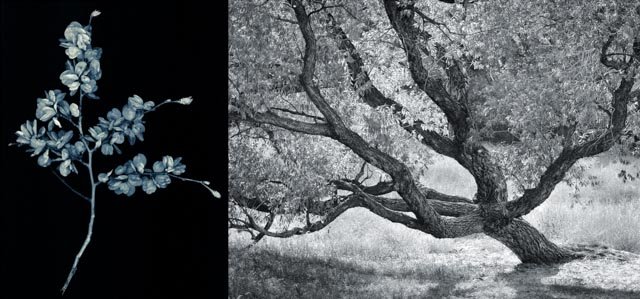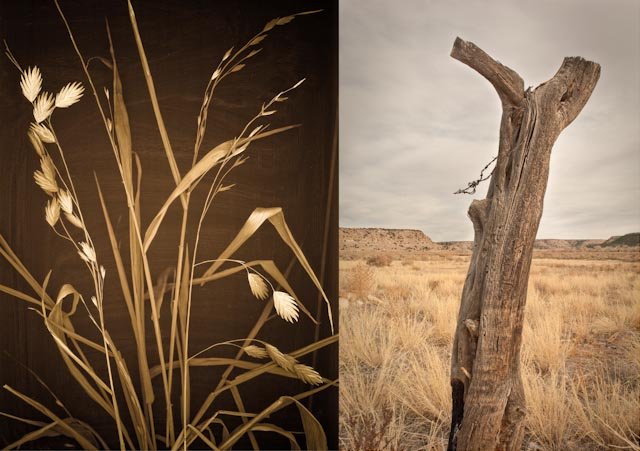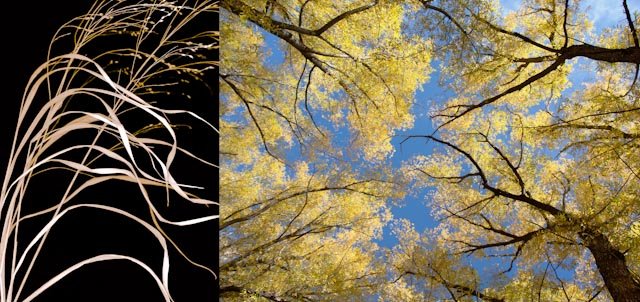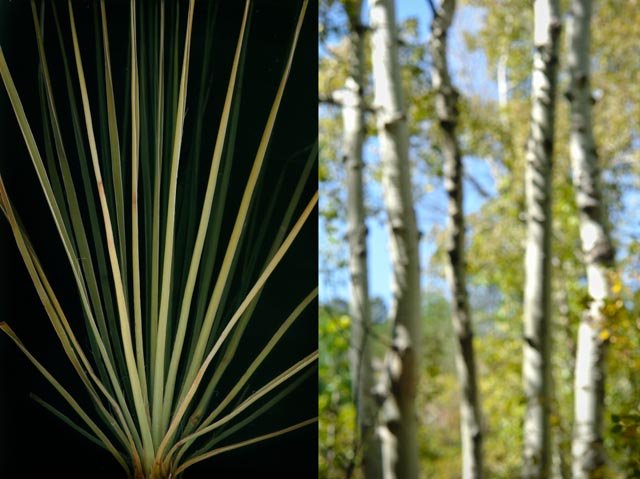EXHIBITION DETAILS
Remnants and Revival
March 7th - April 5th, 2014
The diptychs in Brendaʼs series reference both the dwindling remnants of undeveloped land throughout the West and the restoration efforts that are bringing back native plants to many farmed and grazed areas, in an effort to re-create an ecosystem that more closely resembles the original. Brendaʼs large prints beautifully juxtapose close examinations of plant life and the open vistas of Colorado. On Thursday, August 3, at 5:30 pm, Brenda will give a short artist talk about her photography and her interest in land conservation. In keeping with the work's focus on Colorado open lands, the artist is donating 25% of sales during the exhibit to the Legacy Land Trust, a Fort Collins- based nonprofit working to protect farm, ranch and natural lands in Northern Colorado.
STATEMENT
Remnants & Revival, an ongoing series of work that addresses both the value and challenges of preserving Western lands, explores the relationship between individual species of plants and their impact on the overall landscape.
Having written about environmental topics for nine years as a freelance journalist, I wanted to use photography to examine issues of land use and land preservation in the American West. And after reading The Worst Hard Time and its description of the Great Plains before the prairie was first plowed and then decimated during the Dust Bowl, I became particularly interested in exploring how undeveloped landscapes have evolved during the last 100 years.
The diptychs in this series reference both the dwindling remnants of undeveloped land throughout the West, and the restoration efforts that are bringing back native plants to many farmed and grazed areas in an effort to re-create an ecosystem that more closely resembles the original. Each diptych combines an image of a Colorado landscape that is protected in some way (such as through its designation as open space, a state park, etc.) with a close-up of a wild-growing plant either native, introduced or invasive. Each plant image is matched with a photo of an ecosystem where the plant is likely to be found growing. By focusing on both the micro and macro aspects of the natural environment, the diptychs reference not only aesthetic concerns but also the ecosystem's functionality.
Drawing inspiration from the landscape traditions of mid-19th-century photographers who documented the West before the full-scale arrival of Europeans, as well as from the mid-20th-century New Topographics photographers who documented man's intrusion on the natural world, I'm approaching this series as a way to examine the nuances of "natural" versus "unnatural" landscapes and the notion of reconstruction after destruction.

